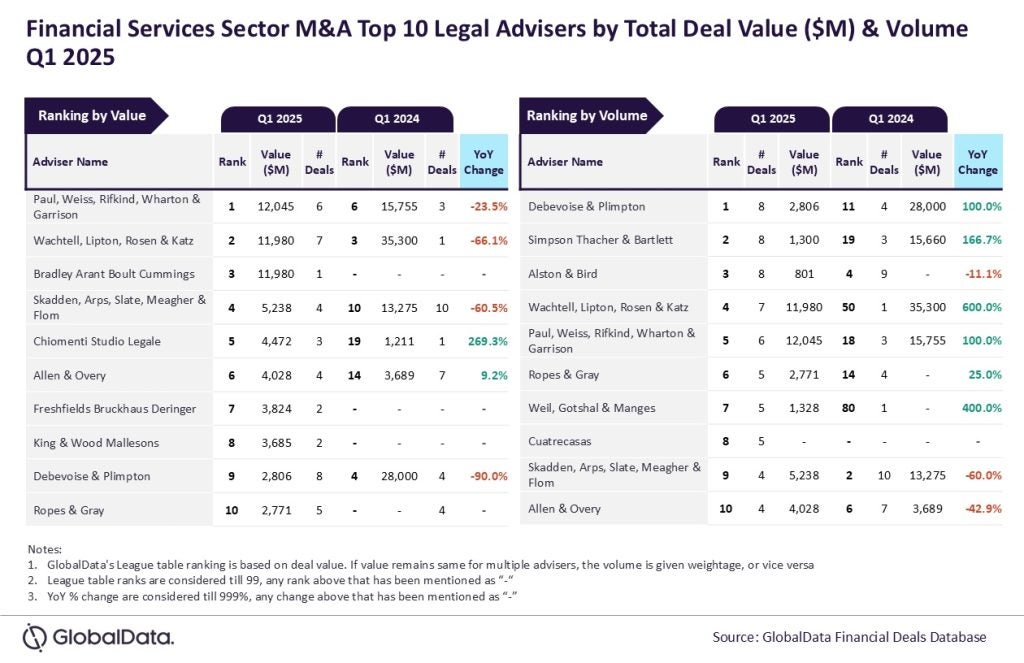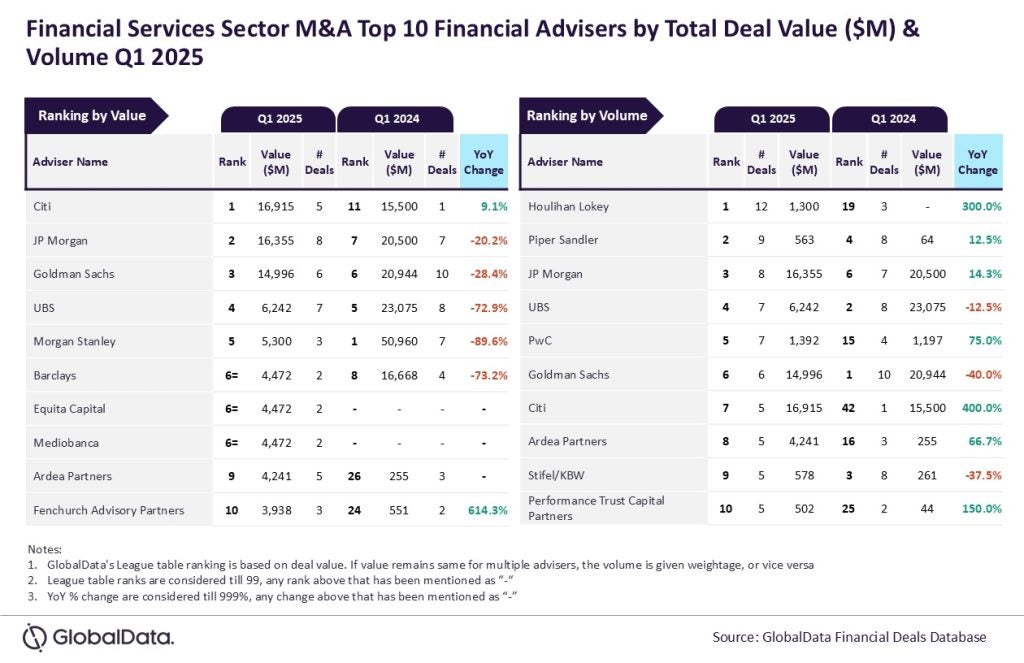An updated report by RBI publisher VRL*,
Social Media in Financial Services, examines the changing
role of social media in retail banking, cards and payments and
wealth management. The following brief extract looks at how a
variety of social media tools can be deployed by banks to improve
strategy.
 The term social media
The term social media
is used to describe the second generation of the worldwide web,
which is more interactive than its predecessor, emphasises
collaboration and sharing between users and is increasingly
accessed via mobile devices.
Financial services institutions
have been somewhat slower than other industries in embracing social
media. A number of reasons have been put forward for this,
including bank conservatism, the uncertain return-on-investment in
social media projects, and no obvious consumer demand for this
functionality.
The main reason, however, is that
the financial services industry is both highly regulated and highly
reputation sensitive. Banks are concerned that handing over control
of the message to employees and consumers, as social media implies,
would leave the banks exposed to compliance and reputational
risks.
It is likely that these fears are
overstated. But it is also true that leading social media players
have the power to disintermediate the banking sector, particularly
in emerging markets and with a particular strength in online and
mobile payment processing.
Social media has increasingly
become part of the mix of tools that banks use for customer
services, marketing, and market research/ product development to
better serve, understand, and engage their customers. Banks are
potentially in a better position to engage customers online than
many other companies as they already have pervasive online
interaction with their customers through internet banking.
Social media in financial services
(see RBI 593) reported that two-thirds of bank customers
do not feel valued by their banks and are unwilling to commit to
deeper relationships with them.
While banks may have succeeded in
still keeping satisfying customers overall, they have not
necessarily succeeded in engaging them.
Social media tools which can
enhance banking service include:
- Virtual agents and live chat
capabilities which can help walk customers through complex
information or application process; - Blogs, RSS feeds, and widgets
which can provide customers with up-to-date, realtime information
and alerts, and - Social networks, online
communities and online personal financial management (PFM) tools
where customers can ask questions and assist one another.
Social media is a powerful tool for
customer engagement, but it is not a silver bullet.
Customer engagement is (to use a
much abused term) a ‘holistic multi-channel’ effort that
encompasses all of a bank’s activities – including: human resource
training, corporate social responsibility and community
initiatives, as well as all points of interaction with the
customer.
The revival of the branch in recent
years, for instance, acknowledges its pivotal role in developing
relationships with customers. Similarly, best practice call centres
are also viewed as a way to foster personal relationships with
customers.
Social media tools therefore are
best deployed in the context of a broad approach that seeks to
enhance customer engagement through all channels.
Consumers have always relied on
recommendations from friends and family to make purchasing
decisions, but the Internet and social media in particular has made
it remarkably easier to share these opinions, not only with friends
and family but with strangers as well.
Word-of-Mouth (WoM) marketing is
the fastest-growing segment of the US marketing services sector,
growing five times faster than the overall sector in 2006 and six
times faster than the overall media industry (PQ Media’s
Word-of-Mouth Marketing Forecast 2006-2011).
Although there is a compelling case
for financial institutions to use social media to generate WoM
marketing, traditional advertising will continue to play an
important role.
Social media is also a powerful
tool in search engine optimisation – a key pillar of any online
marketing strategy.
The profile of the consumer who
searches for financial products and services online is a very
attractive one to banks: for example, an employed male with an
annual household income of $50,000 or more, and ‘excellent’ or
‘good’ credit.
The study found that those who were
searching in certain categories including home equity loans,
mortgages, and brokerage accounts, search for these specific
categories and not by the name of the bank.
 Clearly, a bank’s
Clearly, a bank’s
ranking in search results for such categories is of critical
importance in marketing to these customers. Studies confirm that
organic search results attract more clicks and are given more
credibility than paid advertisements in search results, such as
Google AdWords.
According to SEO specialist
Elliance, organic results attract over 70% of all clicks, with over
60 of users clicking on the top three organic listings and less
than half going to page two.
Traditional search engine
optimisation techniques are well known and may involve optimising
the site’s coding, presentation, structure, and content as well as
making sure that content is easily indexed by search engine
robots.
Increasingly, social media is
becoming part of the strategy mix. Since search engines like Google
use inbound links as an important determinant of a site’s ranking,
company blogs or other social media sites: with links back to the
main company homepage will boost the site’s ranking. A successful
viral marketing campaign can result in thousands of new inbound
links to a company’s site.
In addition to inbound links,
search engines are also using user views and comments on sites
including, Flickr and YouTube as well as bookmarking and social
voting systems such as Del.icio.us, Digg, StumbleUpon, Reddit, and
Ma.gnolia as determinants of search engine rankings.
Customer reviews and ratings are also important determinants of
search rankings in Google Local and Yahoo! Local search results.
Both Google and Yahoo! have filed numerous patents applications for
the use of social media metrics in online search.The case for
blogging: Wells Fargo
Wells Fargo has four blogs, more
than any other financial institution. Its main blog, Guided by
History, was launched in 2006 to celebrate the centennial
observance of the San Francisco earthquake. The blog has since
evolved into a disaster preparedness and advice site and continues
to cover disasters elsewhere as they occur.
Ed Terpening, Wells Fargo’s
vice-president of social media, said in an interview with
Global Neighbourhoods that the idea for Guided by
History came out of the bank’s efforts to find a way to enter
the blogosphere that was “somewhat safe” in order to gain
experience.
“As an industry, we are regulated
and so therefore we’re going to [be] careful and conservative given
the sensitive nature of what we deal with – people’s money and
people’s trust,” Terpening said. “The idea of blogging is still new
to financial services companies, and we wanted a benign topic that
allowed us to dip our toe in the blogosphere
At the time, Terpening was
exploring the idea of starting a blog, the bank’s Historical
Services Department was preparing exhibitions in its museums
related to the 2006 San Francisco earthquake anniversary.
“When I looked at what they were
doing – especially the first-hand accounts of 1906 employees of the
time – I recognised it could make a great blog,” he said.
“The stories are written as you
would write a blog: first person, authentic, often passionate. The
challenge was: how do we go beyond history, and make the event
relevant today?”
This was achieved with the theme of
‘Remember and prepare’. Historical coverage of the San Francisco
earthquake and other natural disasters is linked to education and
information about disaster preparedness. Terpening said that the
bank felt this topic had global significance, especially in light
of such recent disasters where preparedness was top of mind (eg
Katrina, tsunamis, etc.).
In addition to posts on
preparedness, the blog includes links to third-party sites
including the Red Cross, the Federal Emergency Management Agency,
PrepareNow.org and the California Seismic Safety Commission. There
are also links to volunteer disaster relief opportunities including
Americorps, the Humane Society and the National Voluntary
Organisations Active in Disaster.
In addition to its focus on
disasters, the blog draws on Wells Fargo archives to discuss a wide
range of historical events. Recent posts include: an account of
Wells Fargo historic stagecoach parade in Hayward, California in
1958; a celebration of Asian Pacific heritage month; and a
recounting of important historical events which took place on 6
June, such as the Great Seattle Fire in 1889; the formation of
Chrysler Corporation in 1925; the opening of the first drive-in
theatre in 1933; D-Day in 1944; and the assassination of Robert F
Kennedy in 1968.
Terpening said in the interview
that the goal of blogging for Wells Fargo is “to be where our
customers are, when they are there, which increasingly is the
blogosphere and online”.
He added: “Blogging is an extension
of our website, in that it gives us another touch point – a way to
listen and communicate. We recognise the growth of emerging online
social networks [of which blogging is just one part] as one that
provides us unfiltered sentiment from consumers and from which
consumers can collaborate to achieve goals.
“We want to use these new media as
another way to understand consumer needs and opinions.”
Content for the blog is provided by
a group of Wells Fargo associates who contribute to the blog on top
of their full-time activities at the bank. Most of them do not have
a formal communications role. Terpening says “the culture of
blogging is unique and we strive to connect with that culture
through many different voices”.
In hindsight, Terpening said he
“would have liked to have had more guest bloggers. We are not the
experts on disaster preparedness. Had we had more time, I would
have signed up more guests and let them run with it. I would also
like to see more community building features added, like polling
and other features that help surface reader opinions”.
Wells Fargo has evaluated the
success of the blog using many data points, including the number
and sentiment of comments on the blog; feedback emails; commentary
from over 100 third-party bloggers; and standard web metrics
including unique users, number of hits, etc. Terpening says that
overall, the metrics were extremely encouraging.
With the success of Guided by
History, Wells Fargo has introduced more financial services
related content with three additional blogs:
- The Student Loan blog
provides education and advice for students about how to finance
college, and manage debt. - The Stagecoach Island
Community blog discusses events and activities relating to
Wells Fargo’s virtual world-based financial education game –
Stagecoach Island. - The Commercial Electronic
Office (CEO) blog is for users of Wells Fargo’s CEO portal, a
suite of online services (including cash management, credit,
international, and trust and investment services) to help users
manage their business activities more efficiently. Users must sign
in to access the blog.
*This article is an edited
extract from a new VRL Financial News report called Social
Media in Financial Services. The report is designed to provide
a single source reference on best cards marketing practice and
includes a number of case studies. For further information, contact
Kinnor Bhattacharya on +44 (0)20 7563 5638 or
kinnor.bhattacharya@vrlfinancial
news.com







